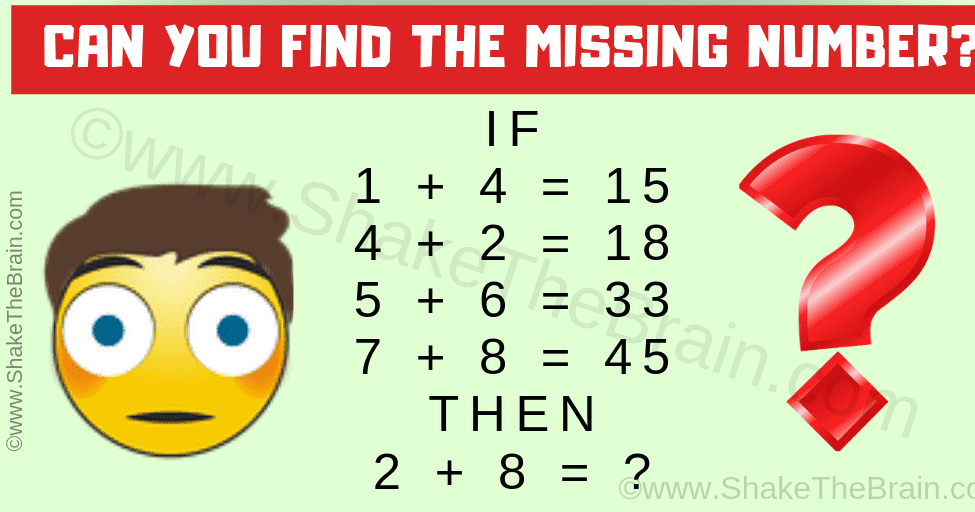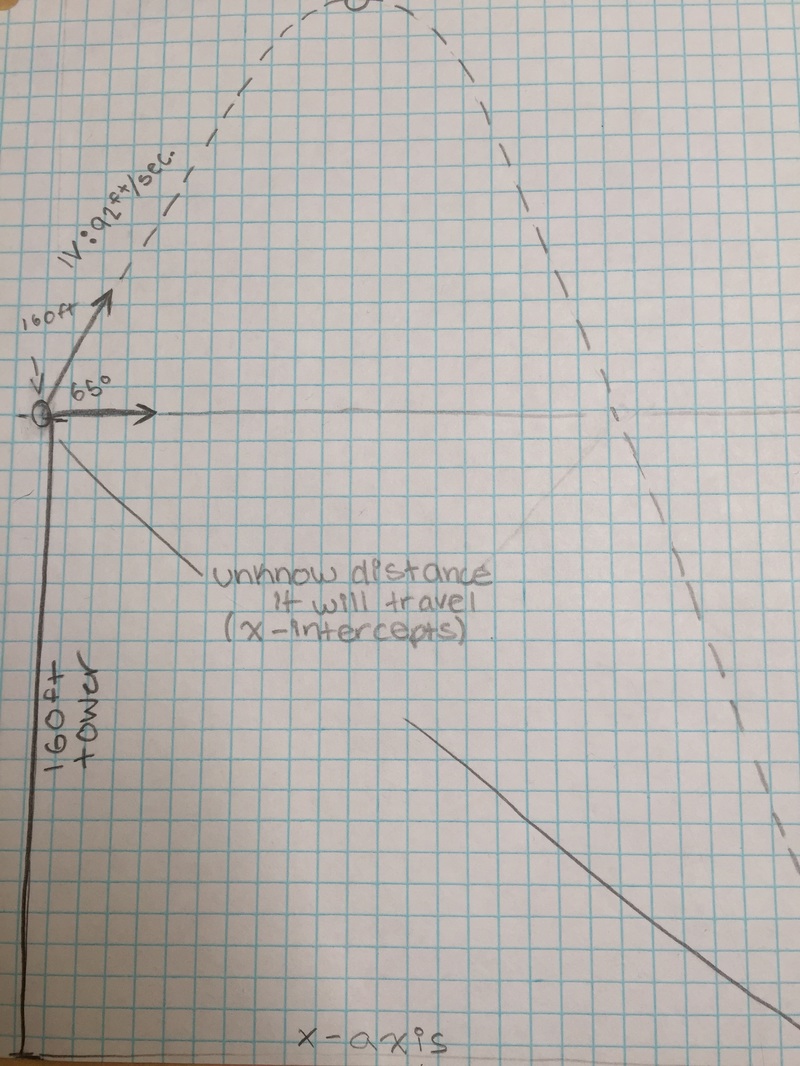
Here are 2 quick examples from unplugged activities. You are teaching kids conditionals all the time at home.

Since sequencing and algorithms are so dependent on one another, they are almost inevitably learned together.

As an example, when a child plays with toys such as Legos, they are given a set of steps and a particular order in which they need to be completed. SequencingĪn algorithm tells you what steps to take, and sequencing tells you in what order you need to take those steps. As they learn to recognize the role that algorithms play in achieving a goal, it will strengthen their problem-solving skills as programmers and in their day-to-day lives. Sound familiar? The process for tying their shoes is just one example of the algorithms that children are already using in their lives!Ĭoding isn’t the first place that your student will encounter algorithms, but coding does offer the opportunity to think about them more explicitly. Any time a child follows a step-by-step process to accomplish a task, they are working with algorithms.Ī common example of an algorithm kids learn at a young age is over, under, around, and through. AlgorithmsĬhildren already use algorithms, often without knowing what algorithms are or even having the word in their vocabulary. Whatever path your student takes in learning to code, these are 7 of the most important coding concepts that they should be picking up along the way. Beyond the benefits of coding to math education, these coding basics are also crucial to problem-solving and critical thinking skills. Since these coding concepts are also used in math and logic, mastering them through coding is incredibly beneficial to a child’s broader education.Ĭoding offers visual and real-time feedback as a child experiments, and can be an easier way to pick up what might otherwise seem to be purely abstract ideas.
#FIREWORKS PROBLEM VISUAL LOGIC HOW TO#
Once you’ve decided that kids should learn how to code, an important question still remains: what specifically should they be learning?Īll coding languages, including the best programming languages for kids, rely on the same fundamentals. When gravity takes effect, the food coloring droplets turn tail and head for the hills, a.k.a., the water.One of the most important aspects of being an educator is establishing learning goals. They are kinda exclusive like that.Īnywhoo, it turns out that food coloring is also polar, so it doesn't want to mix with the oil. This is because one (oil) is nonpolar and the other (water) is polar and because molecules like to hang out with other molecules that are just like them. Wait a moment and observe your fireworks! Slowly add the oil mixture in a jar filled partway with water. Break the drops into tiny droplets with a fork. Pour a bit of oil in a bowl and add a few drops of food coloring. We are making the oil and water kind - not exactly the same, but still super cool! How To Make Your Kitchen Fireworks
.jpg)
It kinda falls under the same rules as when we showed you how to make a rocket at home. Ok, so by now you have figured out that we are not making the exploding with fire kind of fireworks in your kitchen. Let's recreate it in the kitchen!! Kitchen Fireworks Supplies Now, that we understand what is going on in the sky. The answer is simple we love the fireworks!!!Īnd today, we are going to share how you can make your very own fireworks and explode them right in your kitchen!! Fireworks In Your Kitchenīefore we get started, let's watch this video to learn a bit more about the science behind fireworks. It's almost the Fourth of July - one of the Prez's and I's favorite holidays!


 0 kommentar(er)
0 kommentar(er)
